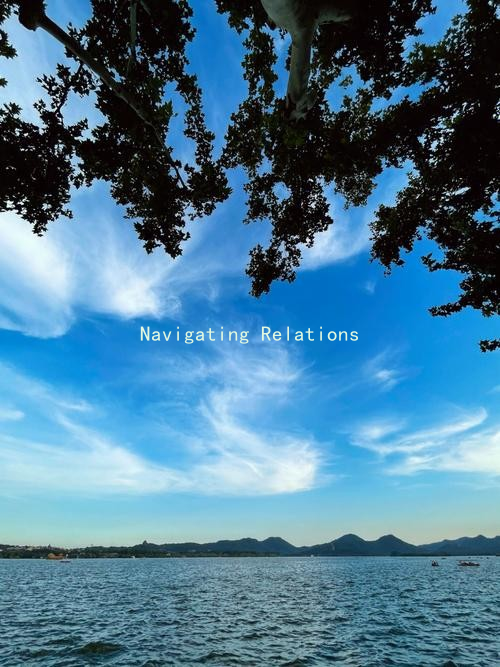The Big But: Exploring Communication Gaps in Romance
Relationships often thrive on communication, yet many couples find themselves entangled in misunderstandings and unspoken feelings. One of the most significant hurdles in romantic relationships is the big but – those moments when what you say or think seemingly contradicts your true feelings. To navigate this tricky terrain, its essential to understand communication gaps and employ effective strategies to bridge them.
To start with, recognizing the emotional context behind communication is vital. Often, partners may express a desire for independence while longing for connection, saying things like, I love you, but I need some space. This statement reveals a conflict: the desire for closeness juxtaposed with the need for personal autonomy. The key lies in articulating these complex emotions without disregarding one’s feelings. Instead of saying I need space, one might express, I value our relationship and want some time to recharge so I can bring my best self to us. This approach acknowledges both parties needs and cultivates empathy.
Another common big but scenario arises from unaddressed expectations. Couples may find themselves thinking, I want to be closer, but I don’t want to appear needy. This internal dialogue can lead to withdrawal instead of connection. Here, open dialogue is essential. Discussing individual expectations can enhance understanding, turning potential conflicts into opportunities for growth. Importantly, reassurances can be given by stating, I want to be closer to you, and it’s okay for us to express our needs without fear of judgment. This phrase opens the door for honest conversations without the weight of fear or anxiety.
Furthermore, the dynamics of different communication styles can create gaps. One partner may prefer straightforward dialogue while the other relies on subtle hints. For instance, saying I’m fine may be intended to communicate discomfort, while the partner perceives it as contentment. To align these styles, couples can develop a mutual lexicon for discussing feelings. Perhaps creating a shared phrase can convey that something feels off: I’m feeling a little cloudy today. Can we talk?” This allows for clarity and understanding, reducing the likelihood of assumptions.

Additionally, non-verbal communication plays a tender yet powerful role in relationships. Sometimes, a partner may feel neglected despite verbal assurances. Words can sometimes mask true feelings; for instance, a partner might say, I love you, while their body language conveys disinterest. Being aware of these signals and discussing them openly ensures that both partners are on the same page. I feel loved when I see your smile or when we share quiet moments together, helps articulate specific behaviors that foster connection, emphasizing the need for both verbal and non-verbal affirmations.
Lastly, addressing difficult topics can often incite the big but caution. One might want to express grievances but hesitate for fear of conflict. Utilizing the however technique can be advantageous. Instead of saying, You never help around the house, one might frame it as, I appreciate when you help with chores; however, I sometimes feel overwhelmed when I manage it all alone. This approach tempers potential defensiveness and keeps the dialogue constructive.
In conclusion, navigating the complexities of romantic communication requires a blend of honesty, empathy, and responsiveness. Recognizing and addressing the unspoken buts while fostering open dialogue can bridge communication gaps. By doing so, partners forge deeper connections and create a resilient partnership that can weather the storms of misunderstanding. With practice and patience, love can flourish, transforming each big but into a step toward greater intimacy.





